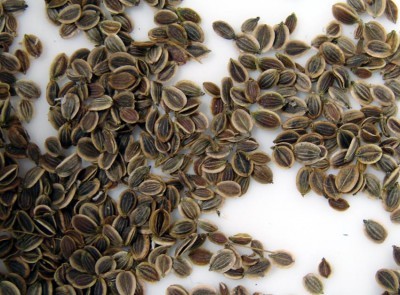






Plant propagation is an important step in producing additional plants in the garden or home. Let’s look at what are some forms of plant propagation.
You may be wondering, what is plant propagation? Plant propagation is the process of multiplying plants.
While there are many types of plant propagation techniques, there are two categories into which they generally fall: sexual and asexual. Sexual propagation involves the use of floral parts to create a new plant from two parents. Asexual propagation involves the vegetative parts to create a new plant using one parent.
Plants can be propagated in numerous ways. Some of these include seeds, cuttings, layering, and division. Of these types of plant propagation, there exists various forms. These might include different types of cuttings in addition to several methods of layering or dividing plants.
One of the most common methods of propagating plants sexually is through seeds. There are four factors influencing successful seed plant propagation: heat, light, water, and oxygen.
However, some seeds (like that from various shrubs and trees) require a chilling period underground throughout winter before their germination can take place. For these seeds, an artificial “ripening” must occur through stratification. Seed stratification involves breaking, scratching, or softening the seed coat in order for the germination process to begin.
Many plant propagation techniques are asexual. The most common methods of asexual propagation include cuttings, layering, and division.
Cuttings involve rooting a piece of the parent plant, such as a leaf, tip, stem or root. Both herbaceous and woody plants can be propagated through cuttings. Generally, cuttings from herbaceous plants can be taken anytime.
Softwood cuttings are best taken in late spring to early summer, while hardwood cuttings should be taken when plants are dormant during fall and winter. Most cuttings should be around 3 to 6 inches long with diagonal cuts. Any lower leaves should be removed, and the cuttings should be placed in a growing medium (sand, soil, water, or peat and perlite) after being dipped in rooting hormone, which is optional but recommended. These should then be given bright, indirect light. Root cuttings can be kept in the dark. Rooting can take anywhere from a few days to several months.
Layering involves rooting part of the parent plant prior to severing it. Simple layering is accomplished by bending a branch to the ground, adding some soil over the middle portion, and then anchoring it in place with a stone. Wounding the branch can oftentimes help encourage the rooting process. Once roots appear, the branch can be severed from the mother plant.
Air layering involves slitting the stem and prying it open with a toothpick or similar device. This is then surrounded with wet (or moistened) sphagnum moss and wrapped in plastic or foil. It is cut from the mother plant once roots are seen permeating from the moss. Layering is usually performed in early spring or late summer.
Division involves breaking up clumps of plants to form new ones. These are usually dug up from the ground or done during repotting container plants. Generally, spring and summer-flowering plants are divided in fall while the opposite is true of fall-flowering varieties, which takes place in spring.
When dividing plants, each section should contain roots, bulbs or tubers in order for the plant to thrive. These can be replanted in the ground or in containers.
Copyright © www.100flowers.win Botanic Garden All Rights Reserved